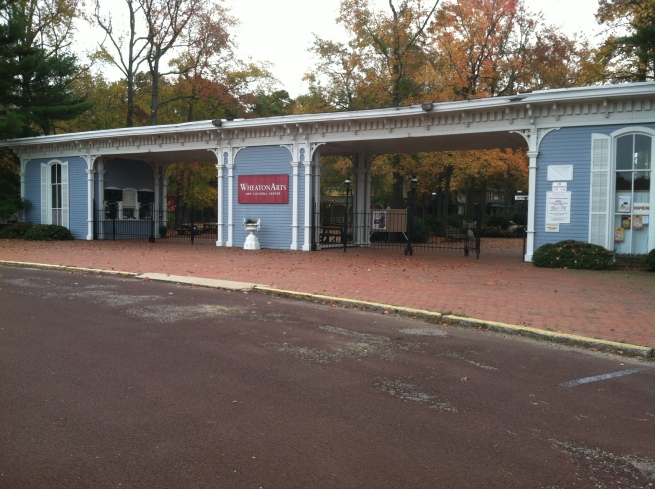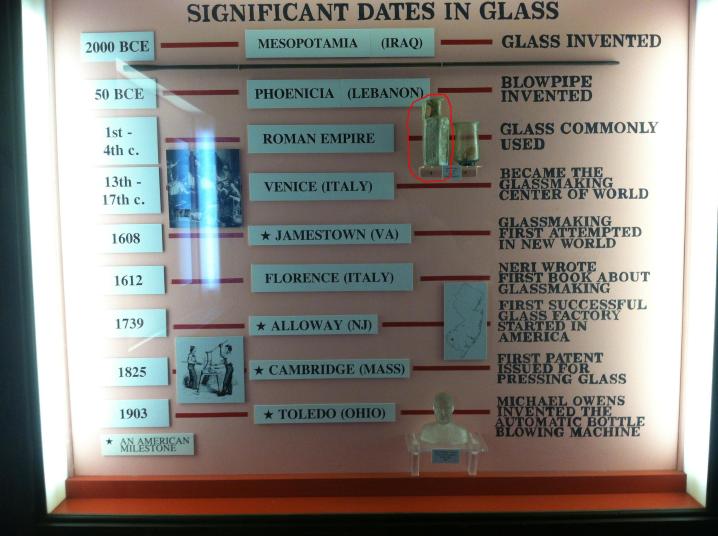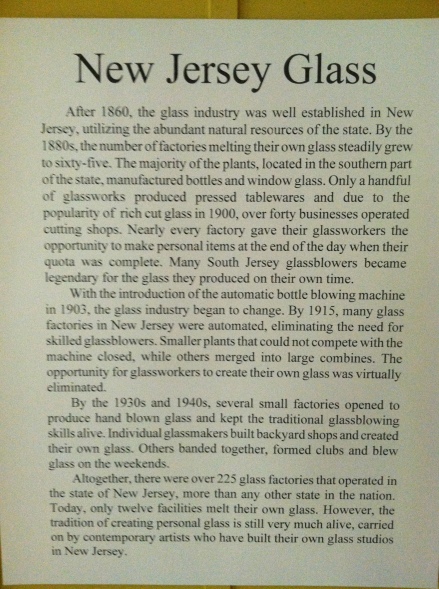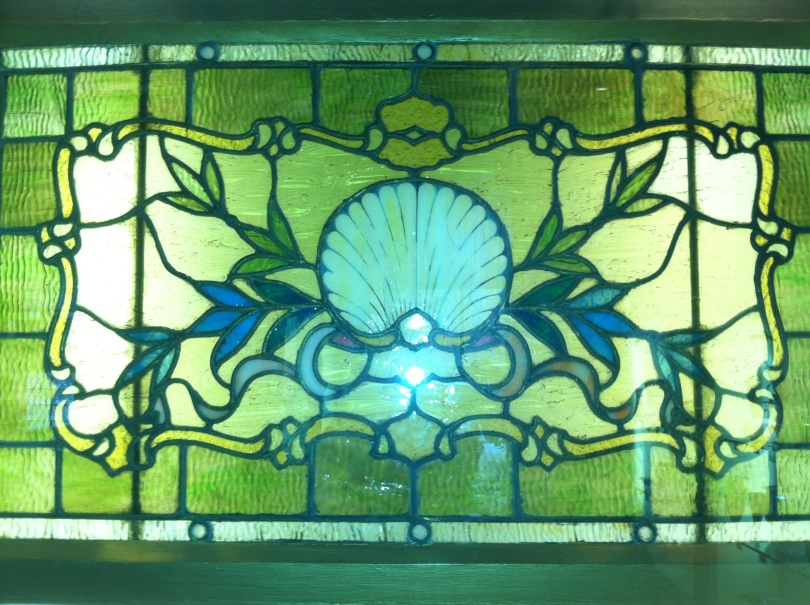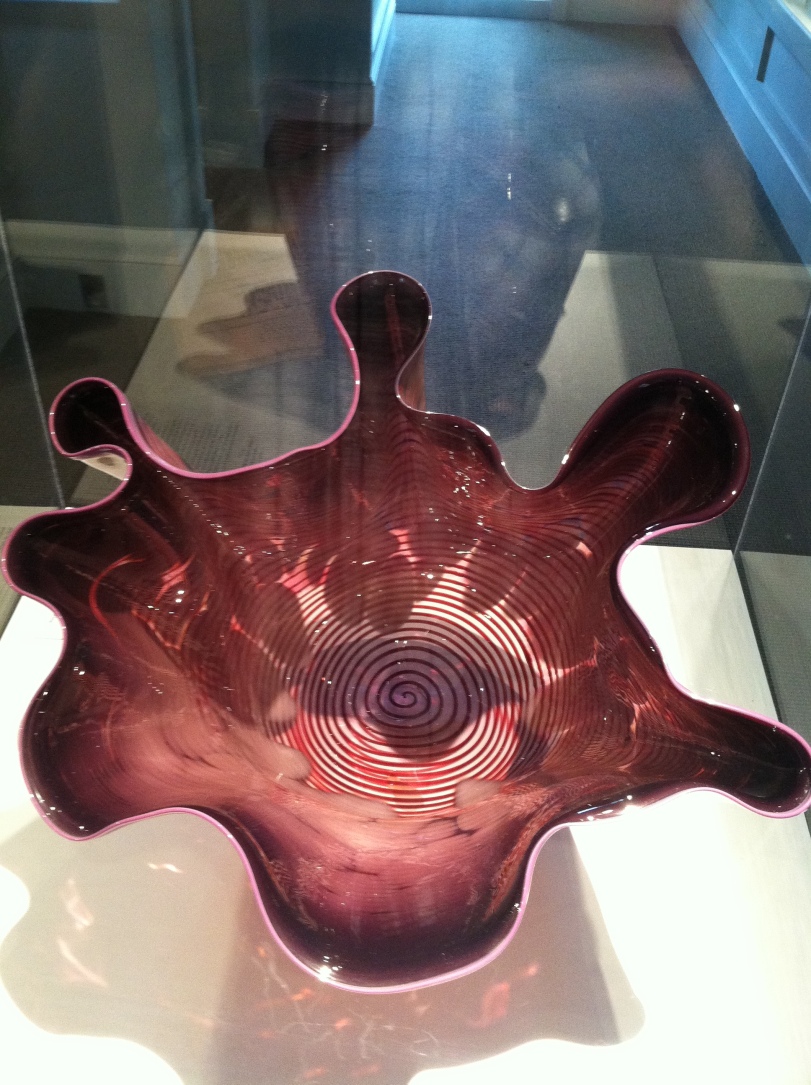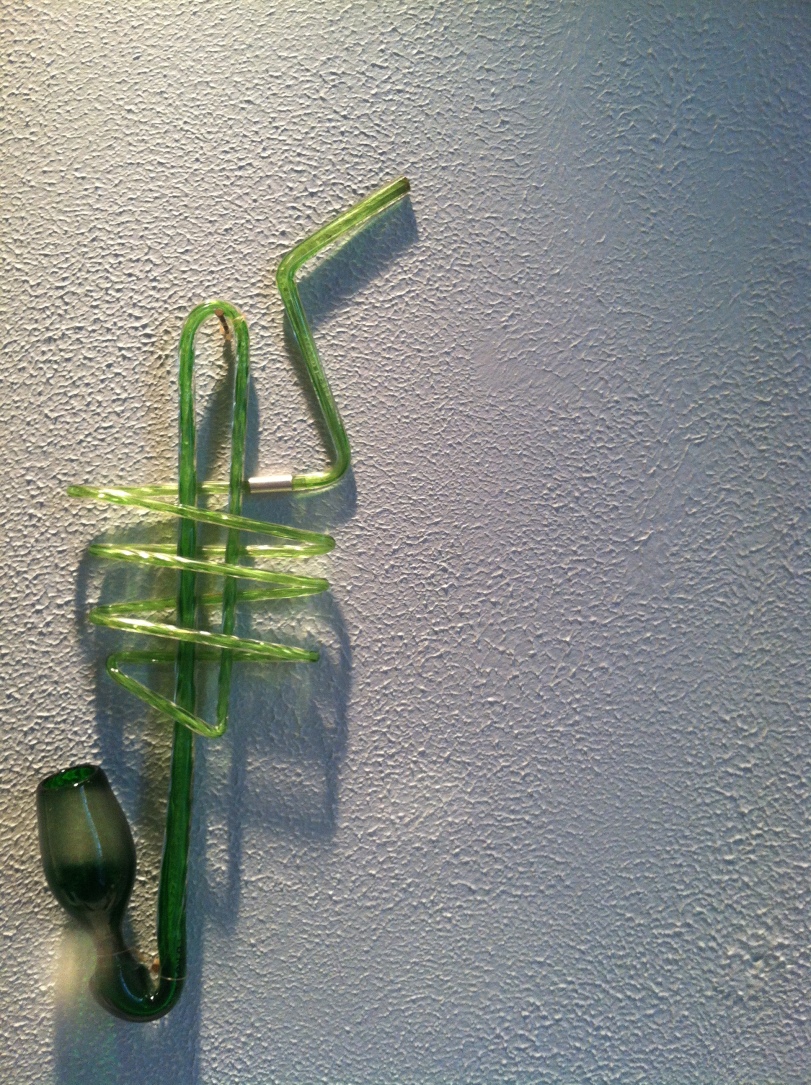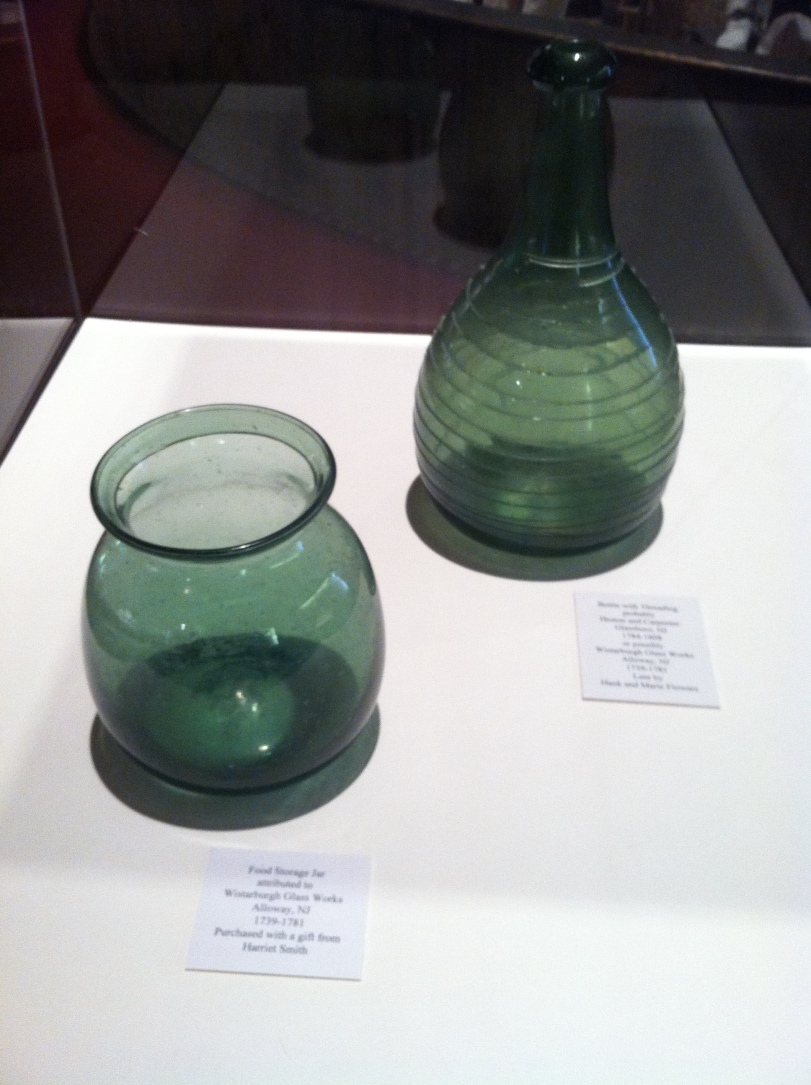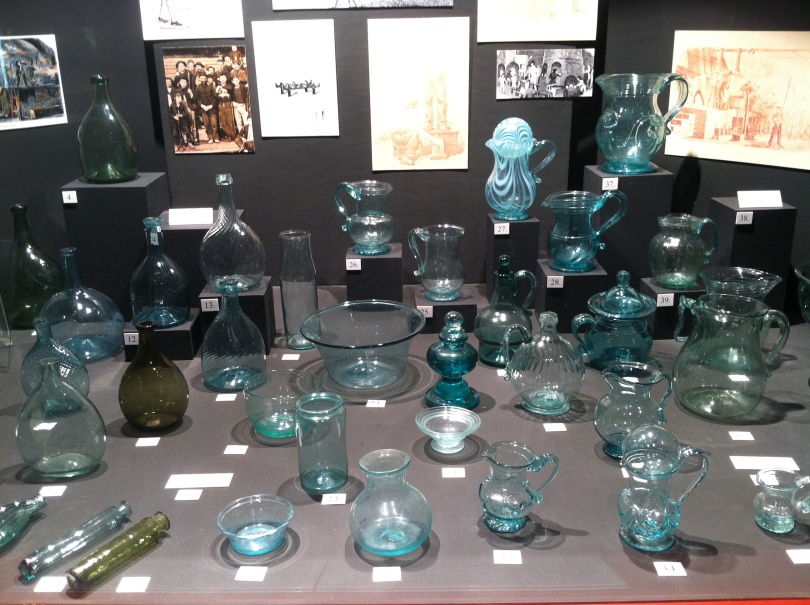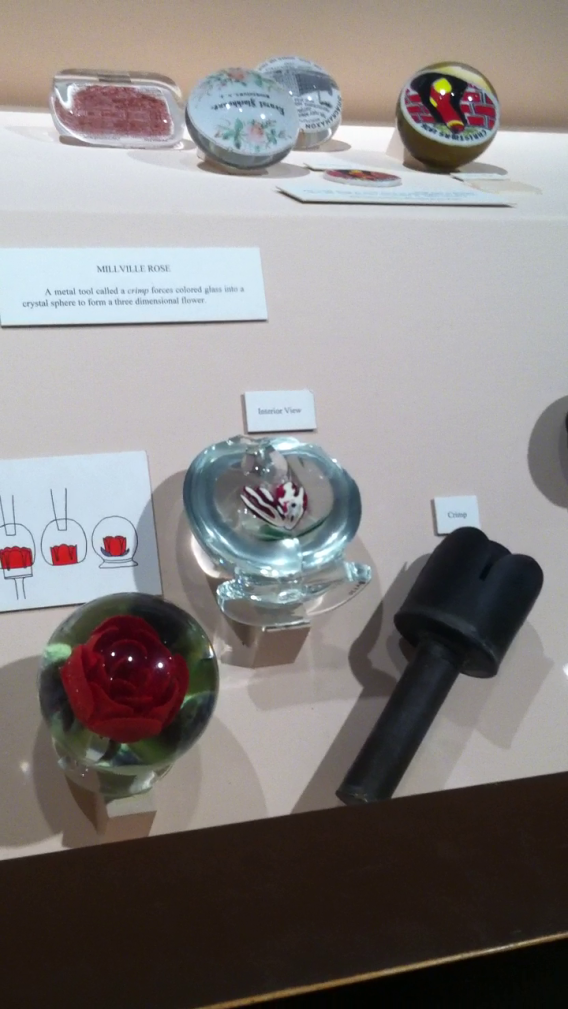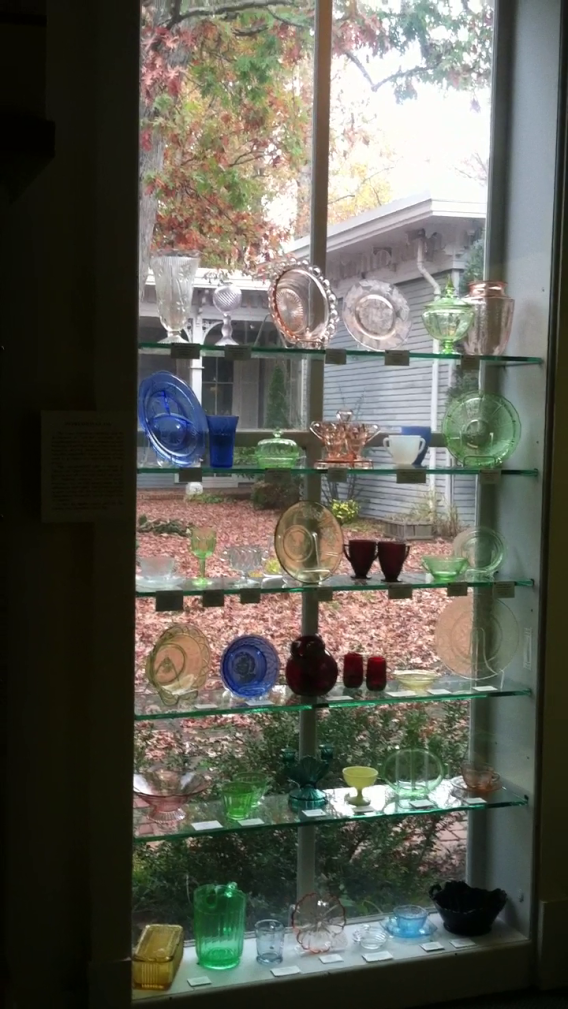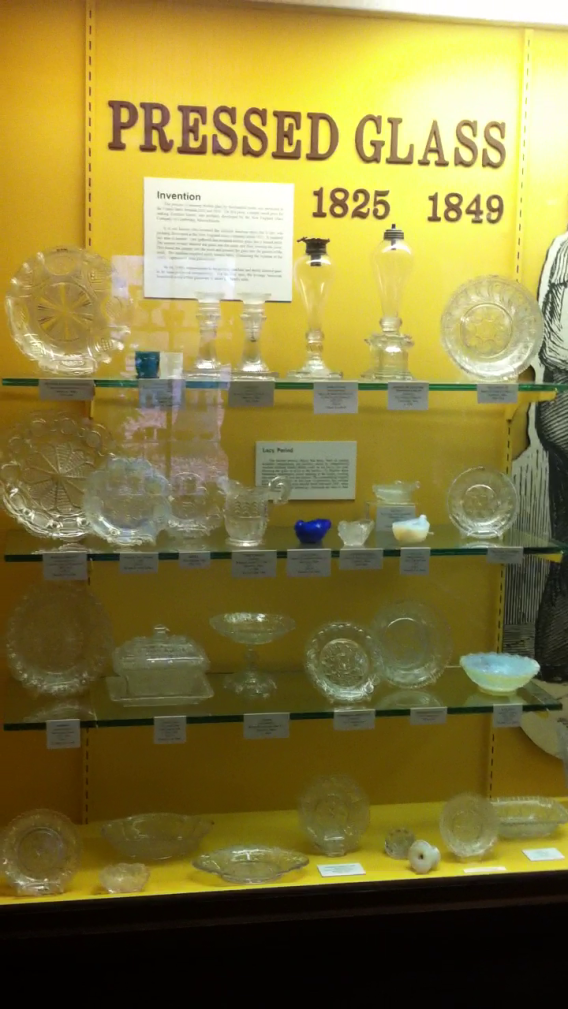Moron pt. II – The Vineland Training School and Menantico Colony
Starting in 1913 the Vineland Training School operated a farm called the Menantico Colony. At the time known as the Vineland Training School for Backward and Feeble-minded Children, the school purchased 530 acres of land that was predominately scrub growth of oak and pine in order to cultivate it into arable land. Utilizing the labor of the institutionalized boys, the school went on to produce an abundance of corn, berries and sweet potatoes among a host of other fruits and vegetables.
It is difficult to ascertain who, exactly, had worked the farms. As mentioned in the above video, many of the institutionalized persons were not mentally handicapped but likely suffered from behavioral and cognitive problems that disupted day-to-day life, of which modern psychologists have come to more formally label. Whether there is an ethical distinction between having mentally challenged children work the farm and having recalcitrant young boys work the farm is uncertain. Where one side, the mentally-challenged children, could not consent, the badly-behaved boys had the mental capacity to do so.
At the time it was largely reported, and it remains to be the matter of record, that the work would be good for the boys. And the suggestion that such work would be good for the boys, character-building, motivational, and potential-unlocking, is hardly debatable. But it raises some ethical questions. Is it ethical or is it exploitative to utilize the unpaid labor of young boys, even if they are not coerced? Even if they had worked the farm under their own free will (which was likely the case), considering their institutionalized status as stipulated by parental consent, were they of fully volitional condition? Or does it count as tacit exploitation on the part of the Training School?
Either way, the Vineland Training School’s method of treatment conformed to the expectations of society in the early 20th Century. Their methods would probably be preferable even today. The children were treated well, for one. Furthermore, the Vineland Training School’s placement of the feeble-minded into farmwork was perhaps the least controversial and most acceptable of options. A 1919 report commissioned to observe the treatment of the feeble-minded in society, The Kallikaks of Kansas, epitomizes the contemporary views of most of society toward the mentally deficient. There was an imperative in place, that they had to be dealt with in some fashion that was perhaps the most humane but most importantly preventative of their integration and cross-fertilization:
“Up to the present time only a very small part of the feeble-minded population in any state has been housed at all, and very few of these in the proper sort of institution. The colony offers a cheap, safe and happy home for these innocents, where they will be kept from pauperism, crime and disease, and from burdening society with their numerous defective offspring […] The clearing of land offered an outlet for the destructive tendencies of the boys, which are very marked when they are closely confined at school and in institutions or are permitted to roam the streets. Instead of breaking windows, stealing and destroying property, or setting fire to haystacks and buildings, these boys are happy to cut down bushes, pull up stumps and bum the brush heaps. What boy ever lived who is not willing to work all day to gather material for a bonfire? […] The happiness of all the boys is notable. Besides they feel that they are doing something really worth while as the results of their labors become more and more evident. They also appreciate that they are making for themselves a home. They speak of ‘our colony,’ ‘our field,’ and ‘my cow,’ or ‘my pig.'”
Mentioned previously in the Moron post which elaborated on the role of Henry Goddard in the Vineland Training School, endeavors to segregate and sterilize the feeble-minded were fully mainstream and also academic. Perhaps the efforts of the Vineland Training School and other similar institutions to keep the children working on farms were bulwarks against less humane alternatives.
A 1920 Chamber of Commerce trade journal stated, “If one is fortunate enough to be escorted by an official in a round of inspection, there is inspiration in the trip. The faces of the inmates light up as they are approached and they call out their greetings with unmistakable pleasure. it is not an official making the rounds, but an elder brother come to visit awhile. This is the enveloping atmosphere at the Training School at Vineland. The home appears to run itself. We remarked this one day to our conductor. She stopped, smiling and musing. ‘And yet,’ she replied, ‘someone always knows where someone is.’ ‘Control without compulsion’ — that is the secret. ‘We believe in happiness first — all else follows,’ is a school truism.”
Whether that is fact or farce, at the very least there was a perception of goodwill inferred by the children on the part of the institution.

